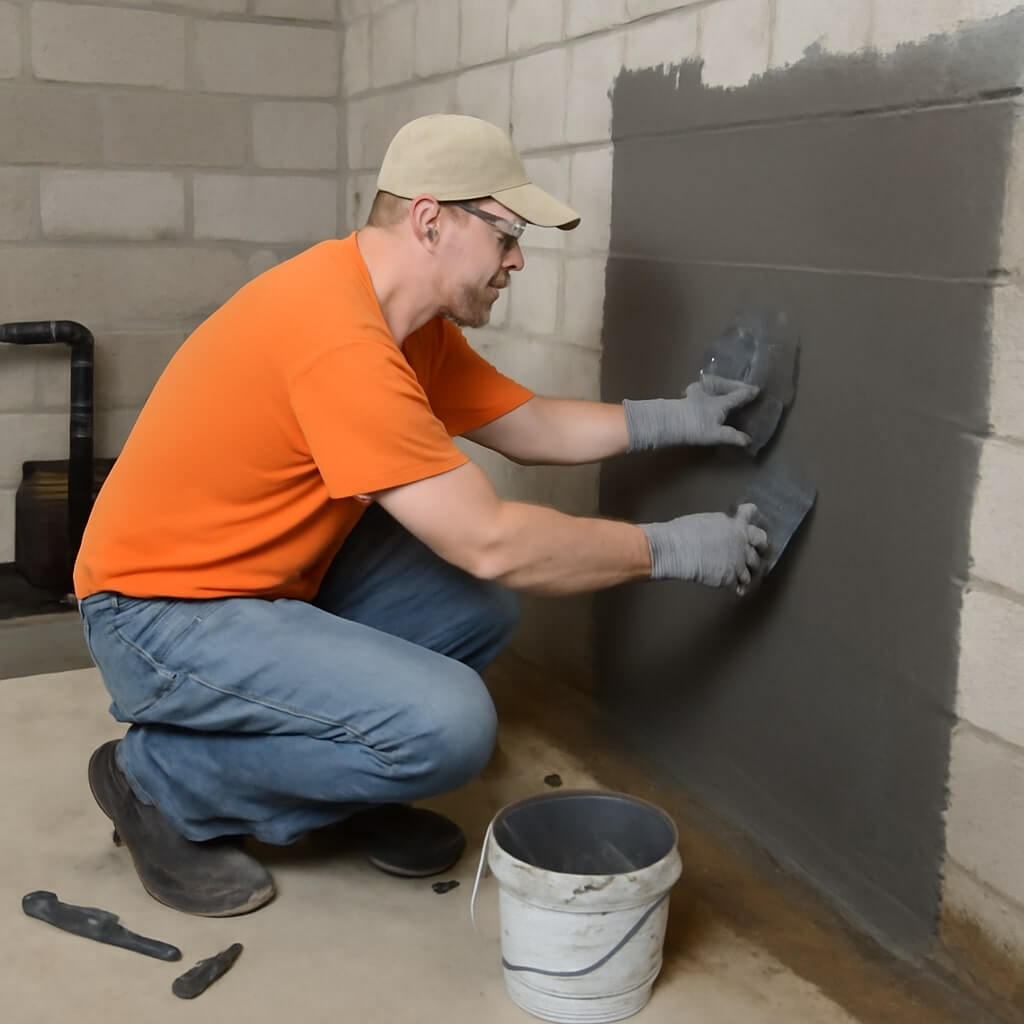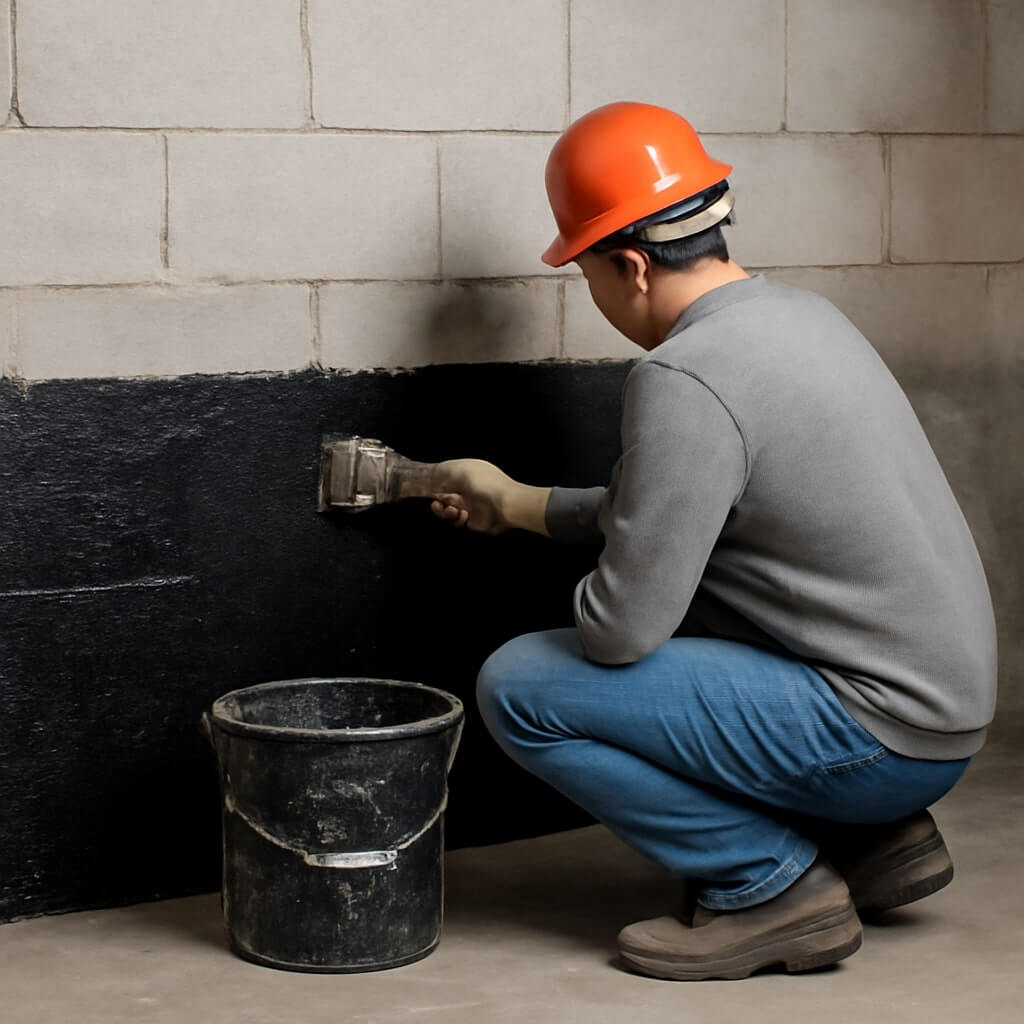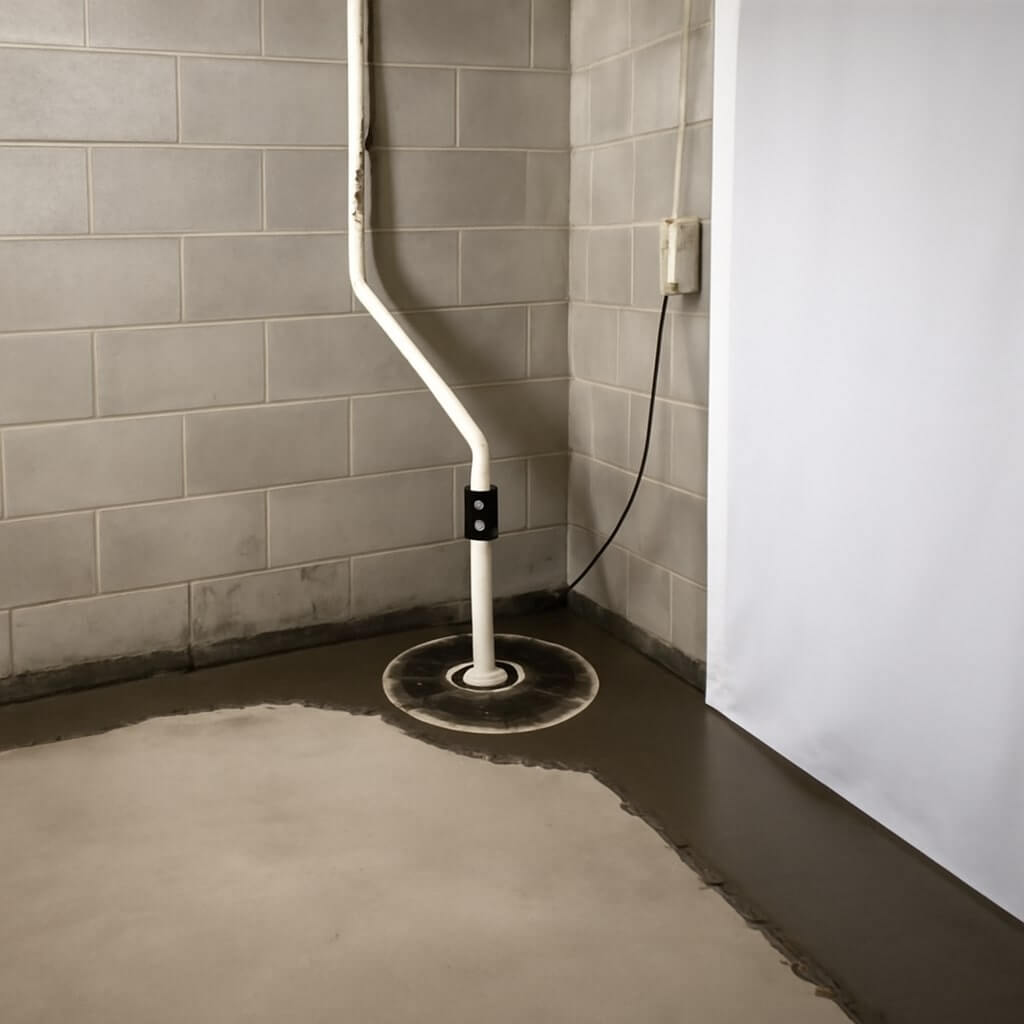Waterproofing your basement from the inside is a practical, cost-effective solution to moisture problems without the need for major excavation. Whether you’re battling persistent dampness, musty odors, or visible water infiltration, interior basement waterproofing can protect your home’s structure and boost its value. In this comprehensive guide, we’ll walk through methods, benefits, costs, and address commonly asked questions.
Why Interior Basement Waterproofing Matters
A wet basement isn’t just inconvenient—it can lead to:
- Mold and mildew growth
- Foundation damage
- Decreased property value
- Poor indoor air quality
- Damage to stored items or finished spaces
Interior waterproofing directly targets the symptoms of water intrusion, creating a controlled drainage system or barrier that keeps your basement dry from within.
Best Methods to Waterproof a Basement from the Inside
1. Seal Cracks and Walls
Use hydraulic cement and waterproof sealants to plug cracks in the walls and floors where water seeps through. This is ideal for:
- Hairline cracks
- Leaking joints
- Wall-floor intersections
Pro tip: Always clean and dry the surface before applying sealants.
2. Apply Waterproof Paint or Membrane
Elastomeric coatings or waterproofing paints are rolled or sprayed onto the walls. These materials expand and contract with the wall, forming a long-lasting moisture barrier.
- Best for: Minor dampness and condensation
- Brands to consider: Drylok, Zinsser Watertite, Xypex
3. Install an Interior Drainage System
This involves placing a perforated pipe along the perimeter of your basement floor that channels water to a sump pump.
- Most effective for: Heavy water intrusion
- May involve breaking the floor slab and installing a French drain system
4. Use a Sump Pump System
A sump pump collects water from the drainage system and pumps it away from the foundation.
- Features to look for: Battery backup, high-capacity pump, alarm system
5. Dehumidifiers and Vapor Barriers
Controlling humidity levels and adding a vapor barrier can prevent condensation issues.
- Use in: Basements with high ambient moisture but no visible leaks
Interior Basement Waterproofing Cost Breakdown
| Method | Estimated Cost (USD) |
|---|---|
| Crack repair | $300 – $1,000 |
| Waterproof sealant | $500 – $2,500 |
| Interior drainage system | $2,000 – $6,000 |
| Sump pump installation | $1,000 – $3,000 |
| Dehumidifier/Vapor barrier | $200 – $1,500 |
Note: Prices vary based on basement size, damage severity, and local labor costs.
Advantages of Interior Basement Waterproofing
- ✔️ No need for excavation
- ✔️ Cost-effective
- ✔️ Faster installation
- ✔️ Ideal for finished basements
- ✔️ Can be combined with exterior methods for comprehensive protection
Limitations
- ❗ Does not stop water from entering foundation walls—only manages it inside
- ❗ May not be suitable for severe structural issues (which require external solutions)
- ❗ Requires ongoing maintenance, especially for pumps and drains
DIY vs. Professional Waterproofing
DIY is feasible for crack sealing or applying waterproof paints.
Hire a Pro if:
- You see significant leaks
- You need a sump pump installed
- Your basement is finished or used regularly
Always get quotes from certified waterproofing contractors and check for warranties.
SEO-Optimized FAQ Section
Can you waterproof a basement from the inside?
Is it better to waterproof basement from inside or outside?
How long does interior waterproofing last?
Will waterproof paint stop basement leaks?
Do all basements need a sump pump?
How much does it cost to waterproof a basement from the inside?
Conclusion: A Dry Basement is a Healthy Home
Waterproofing your basement from the inside is a smart investment in your home’s longevity and comfort. From simple DIY sealants to professional drainage systems, solutions are available for every budget and need. Always assess the root cause of the moisture before selecting the appropriate method.



